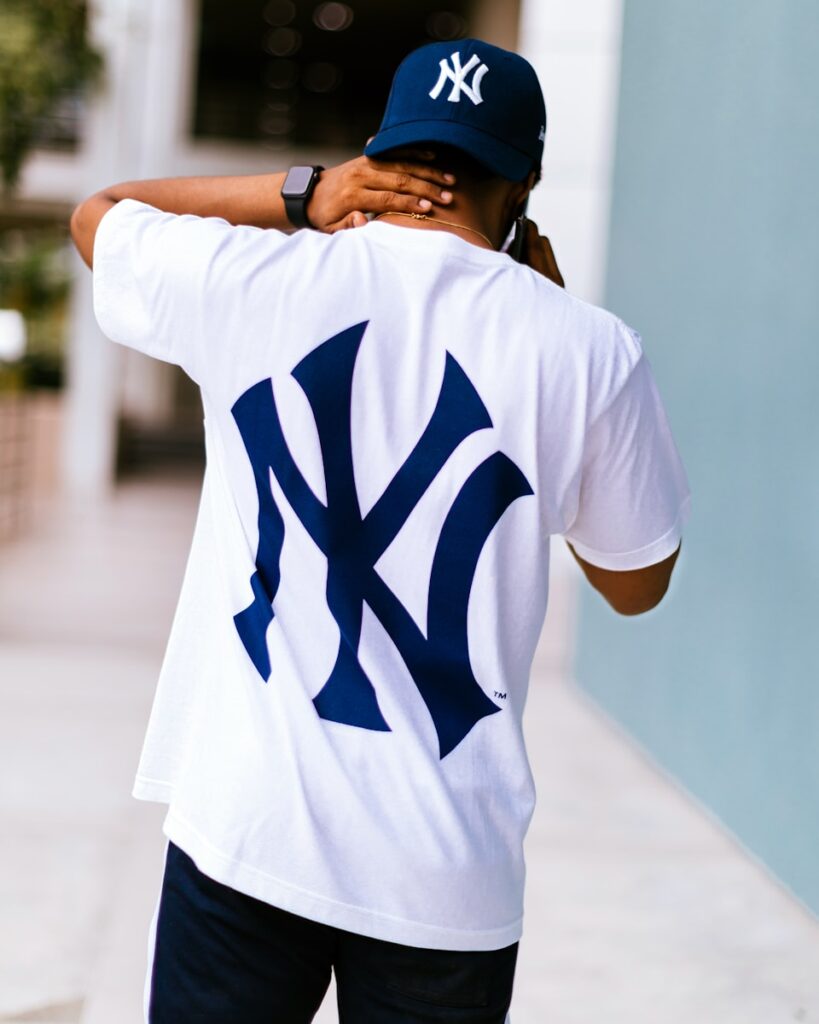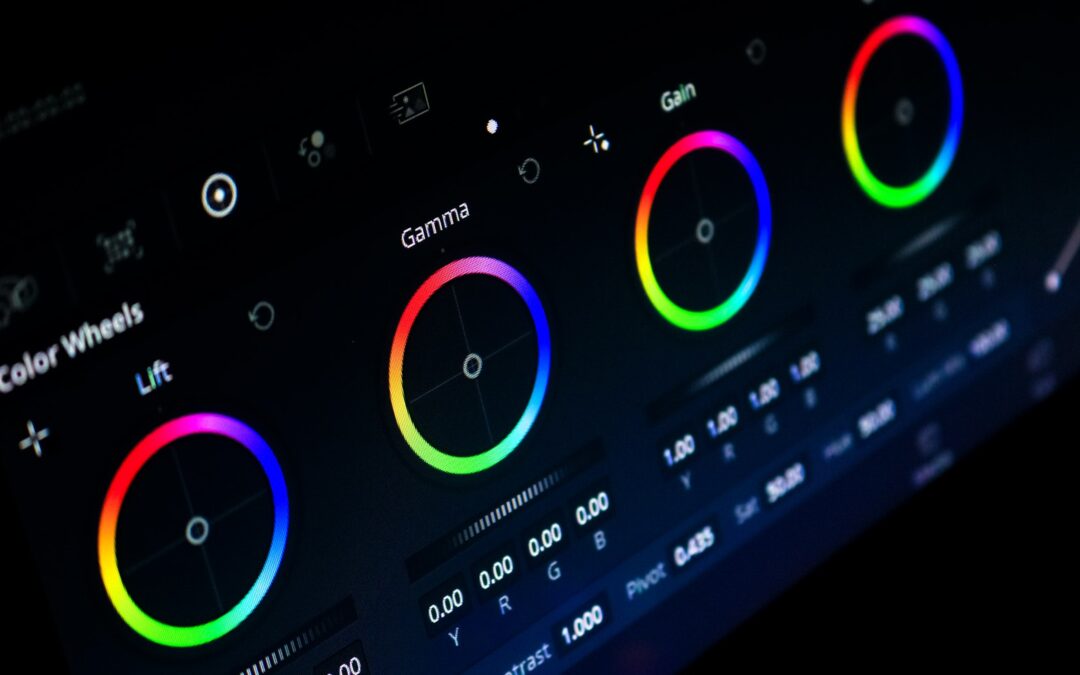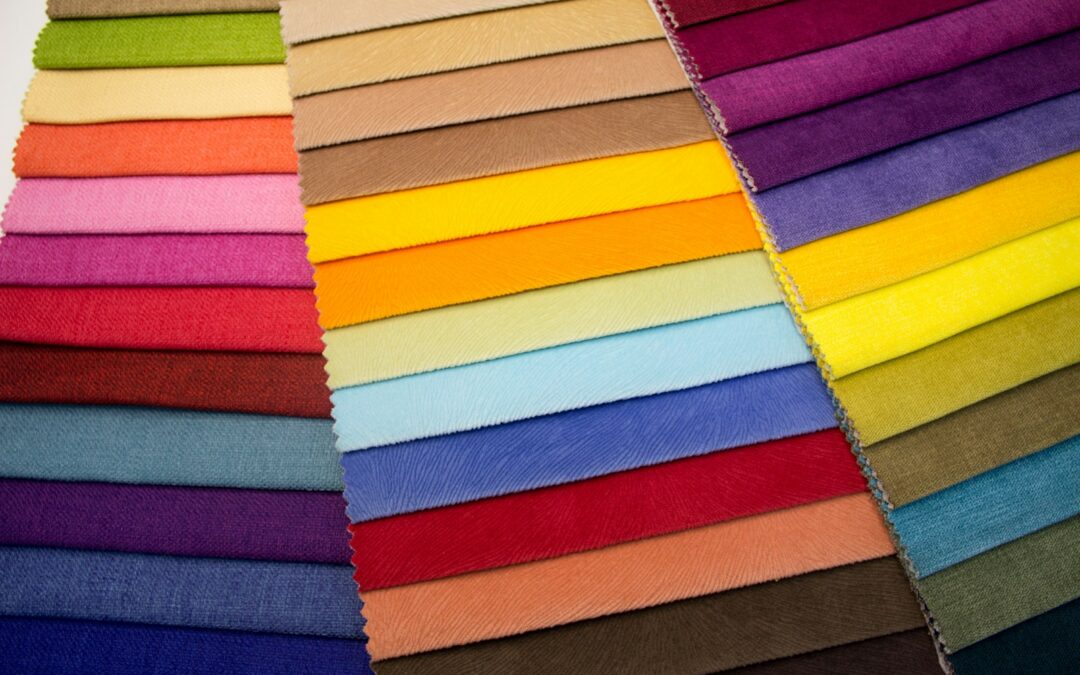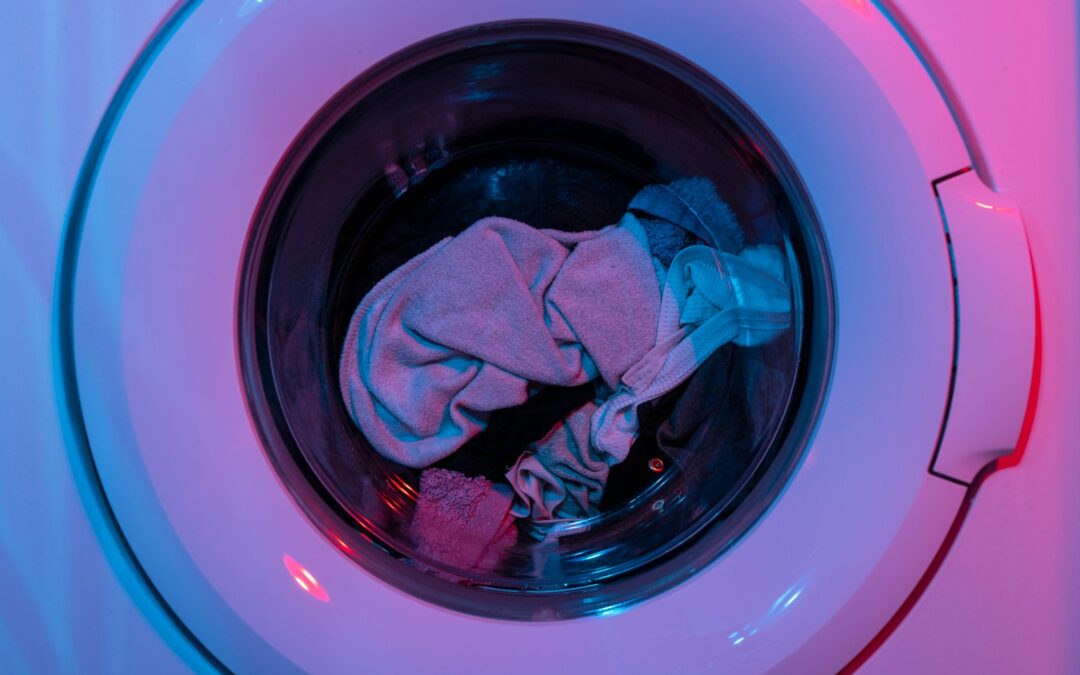When you’re building an apparel business, every detail matters. From the quality of your garments to the vibrancy of your designs, your choices define your brand. One of the most important—and often overlooked—decisions is the type of peel you use for your DTF transfers. You might be surprised to learn that the debate between hot peel and cold peel is a big one, and the right choice impacts your print quality, efficiency, and professional results.
Here at Limitless Transfers, we exclusively use award-winning, true hot-peel custom dtf transfers. Why? Because after countless hours of testing and production, I’ve found they deliver the best results, hands down. Choosing the right peel type is critical for achieving sharp fine details, ensuring consistent quality, and speeding up your workflow. Let’s explore why this matters for your business.
What Are DTF Transfers? A Simple Guide
First, let’s cover the basics. DTF stands for Direct-to-Film. It’s a modern DTF printing technique where your design is printed onto a special film transfer using water-based inks. This film is then placed on your garment and pressed with a heat press. The heat activates an adhesive powder on the back of the print, transferring the design directly to the fabric.
The process is straightforward: you upload your artwork (often on dtf gang sheets), we print it, and you press it. The result is high-quality dtf prints known for their vibrant color reproduction, durability, and suitability for a wide range of fabrics. This method has become a go-to solution for custom apparel, especially for a small business and those handling bulk orders. Why? Because it’s reliable, durable, and produces incredibly vivid colors that pop on any fabric.

Photo by Rock Staar on Unsplash
Hot Peel DTF Transfers: What They Are & Why We Use Them
Hot peel is exactly what it sounds like. It’s a type of dtf heat transfer designed to be peeled away immediately after pressing, while both the film and the garment are still hot.
The Benefits of Hot Peel:
- Speed & Efficiency: Hot peel transfers allow for immediate removal after pressing, saving valuable production time and increasing workflow efficiency. This enables fast turnaround times, making it ideal for customers who need quick order fulfillment or have time-sensitive projects.
- Vibrant Colors: Achieve full-color, high-quality prints with excellent opacity and detail.
- Soft Feel: Transfers result in a soft, flexible finish that’s comfortable to wear.
- Versatility: Works on a wide range of fabrics and garment types.
- Easy Application: Simple process with a heat press—no special equipment required.
How Hot Peel Works
The process is quick and satisfying. Here are the steps:
- Pre-press your garment to remove moisture and wrinkles.
- Position your hot peel transfer on the fabric.
- Press it with your heat press at the recommended temperature and time.
- Open the press and peel the film off immediately and smoothly.
- Perform an optional second press for a matte finish and extra durability.
The Benefits of Hot Peel (The Clear Winner)
We’ve built our reputation on providing high quality dtf transfers, and hot peel technology is a huge part of that.
- Speed & Efficiency: The biggest advantage is speed. With no cooldown time, you can move from one garment to the next, dramatically increasing your production output. This is a game-changer for fulfilling a large dtf transfers order.
- Soft-Hand Feel: Hot peel transfers melt into the fabric, creating a smooth, soft finish that feels premium. The finished product isn’t stiff or plastic-y.
- Cleaner Fine Details: This method is perfect for designs with intricate lines, small details, small text, and high-resolution artwork. The immediate peel helps keep every detail crisp and clean.
- Better Workflow: For print shops and businesses managing custom dtf gang sheets, hot peel streamlines the entire process. It cuts production time, allowing you to get dtf transfers ready to ship or sell faster.
- More Forgiving: Beginners and hobbyists find hot peel easier to master. There are fewer user errors, leading to more consistent, professional results from the start.
Why We Only Sell Hot Peel
We are committed to giving our customers the fastest and easiest path to great quality. Our hot peel transfers, combined with our specially formulated dtf inks and proven consistency, ensure you get brilliant results every time. It’s the best way to achieve a fast turnaround without sacrificing quality.
Compared to traditional methods like screen printing or vinyl, our hot peel DTF transfers offer superior speed, versatility, and full-color print quality on a wide range of fabrics.
Cold Peel DTF Transfers: What They Are & Where They Fall Short
As the name suggests, cold peel transfers require a different approach. You must let the transfer cool down completely before peeling the film away from the garment.
How Cold Peel Works
The process is simple but requires patience: press the transfer, let it cool to room temperature, and then peel the film.
The Drawbacks of Cold Peel
While some suppliers offer cold peel, I’ve found it presents several challenges that make it less suitable for most businesses.
- Slower Workflow: The cooling period is the main issue. Waiting for each garment to cool adds significant time to your production, especially when working on bulk orders.
- Risk of Lifting Details: If peeled too soon or improperly, small, intricate parts of the design can lift or break, ruining the garment.
- Less Beginner-Friendly: It takes more practice to get the timing right. The window for a perfect peel is less forgiving than with hot peel.
- Not Ideal for Fast Production: For any business with tight deadlines or high volume, the built-in waiting time makes cold peel an inefficient choice.
When Someone Might Want Cold Peel
In fairness, there are niche applications where cold peel can be useful, such as on extremely textured or specialized materials that require a different bonding process. However, for 99% of custom apparel needs—including cotton, polyester, and blends—hot peel is the superior option.
Hot Peel vs. Cold Peel Heat Press Transfers: A Side-by-Side Comparison
Here’s a quick breakdown to help you visualize the differences.
|
### Feature |
### Hot Peel DTF Transfers (What We Use) |
### Cold Peel DTF Transfers |
|---|---|---|
|
Speed |
Fast—no cooling required. |
Slower due to cooling time. |
|
Fine Details |
Excellent for small text and lines. |
Can lift or break on intricate designs. |
|
Soft-Hand Feel |
Premium, soft, and flexible. |
Varies; can sometimes feel stiffer. |
|
Workflow |
Perfect for dtf gang sheets & bulk orders. |
Slows down production significantly. |
|
Skill Level |
Beginner-friendly and forgiving. |
Requires more practice and precision. |
|
Finished Product |
Smooth, with vivid colors. |
Can be less smooth. |
Compared to traditional screen printing, DTF transfers offer greater versatility, faster turnaround, and the ability to reproduce fine details and full-color designs without the setup time or limitations of screen printing.
Whether you’re working with a dtf sheet with a transparent background or a full chest piece, hot peel consistently delivers a better finished product.
How to Press Hot Peel DTF Transfers for the Best Results
Getting perfect results from pressing dtf transfers is easy when you follow the right steps. After pressing, using the correct settings and high-quality DTF transfers helps prevent dye migration, ensuring color accuracy and design integrity even on challenging fabrics like polyester.
Recommended Heat Press Settings
- Temperature: 300-320°F (149-160°C)
- Time: 10-15 seconds
- Pressure: Medium to firm
- Peel: Immediately while hot
Common Mistakes to Avoid
- Using a Household Iron: While tempting for hobbyists, an iron doesn’t provide the consistent pressure and even heat needed for a durable transfer. A heat press is essential for professional quality.
- Not Pre-Pressing: Always pre-press your garment for 3-5 seconds to remove moisture and create a smooth surface.
- Skipping the Second Press: The optional second press (for 5-7 seconds with a protective sheet) helps lock in the design, improve durability, and create a desirable matte finish. It’s a small step that goes a long way in maintaining garment quality.
Ordering and Preparing Your DTF Transfers
Getting started with custom DTF transfers is easier than ever, especially when you know what to expect from the ordering process and how to prepare your designs for optimal results. Whether you’re a small business owner, a print shop, or a creative entrepreneur, understanding these steps will help you get the most out of your DTF order and ensure your transfers arrive ready to press.
How to Place a DTF Order
Ordering your custom DTF transfers is a breeze with Limitless Transfers. Here’s how to make sure your next dtf order goes smoothly and delivers the high quality prints your customers expect:
- Select Your Transfer SizeStart by choosing the right size for your dtf transfer. Think about the dimensions of your artwork and the type of apparel you’ll be decorating. If you have multiple designs, take advantage of gang sheets—combine several images onto one film transfer sheet to maximize efficiency and minimize waste.
- Upload Your ArtworkUse our easy upload tool to submit your design files. For the best results, upload your artwork in a high-resolution format (300 DPI recommended). We accept popular file types like PNG, PSD, PDF, TIFF, AI, and SVG, so you can work with whatever design software you prefer. Clean, crisp files ensure your transfers print with vibrant colors and sharp fine details.
- Choose Your OptionsDecide if you want your transfers cut individually or left as a roll. Some customers prefer individual sheets for quick application, while others like the flexibility of a roll for larger runs or custom gang sheets.
- Review and ConfirmDouble-check your design, size, and quantity before finalizing your dtf order. This helps avoid delays or extra art fees for last-minute changes. Our system makes it easy to preview your order and make adjustments as needed.
- Payment and ShippingComplete your order with secure payment and select your preferred shipping method. We offer fast shipping options—including next-day and expedited delivery—so you can get your transfers quickly and keep your production on schedule.
With these simple steps, you’ll have your custom dtf transfers on the way in no time, ready to help you create high quality prints for any project.
What to Expect When Your Transfers Arrive
When your DTF transfers arrive, you’ll notice the difference that great quality and professional service make. Here’s what you can look forward to:
- High-Quality DTF Transfers, Ready to PressEach transfer is printed with specially formulated dtf inks for vibrant colors and crisp fine details. Your transfers will arrive on a transfer sheet, ready to be applied to your apparel with a heat press. Whether you ordered a single design or a full gang sheet, every print is crafted for durability and a professional finish.
- Clear Application InstructionsEvery order includes easy-to-follow instructions for applying your dtf transfers using a heat press. You’ll know exactly how to position, press, and peel your transfers for optimal results—no guesswork required.
- Dedicated Customer SupportIf you have questions about your order, need help with your artwork, or want tips for achieving the best press, our customer support team is here for you. We offer FAQs, email assistance, and responsive service to ensure your experience is smooth from start to finish.
By following these guidelines and preparing your artwork carefully, you’ll enjoy professional results with every custom dtf transfer. Whether you’re producing t shirts for a small business, launching a new apparel line, or creating custom gifts, Limitless Transfers makes it easy to get high quality dtf transfers delivered fast—so you can focus on what you do best: creating standout apparel your customers will love.

Photo by S O C I A L . C U T on Unsplash
How to Choose the Right Peel Type for Your Business
Your business model will help determine your needs. Here’s my recommendation based on who you are:
- If you’re a small business or startup: Hot peel is your best friend. It saves valuable time, and with no minimum quantity and no setup fees, you can order exactly what you need. DTF transfers are especially beneficial for small businesses seeking bulk and wholesale solutions for custom apparel. Plus, fast shipping means you get your dtf order quickly.
- If you’re a print shop: Hot peel is a must for faster production and better margins. The consistent print quality is perfect for handling bulk orders and wholesale dtf transfers.
- If you’re a DIY creator: Hot peel makes it easy to get reliable results without expensive equipment or a steep learning curve. Create full-color designs with confidence.
- If you’re an e-commerce seller: Hot peel is perfect for scaling. Fast reorders and same-day shipping on orders placed by noon EST keep your inventory moving and your customers happy.
Why Limitless Transfers Only Offers Hot Peel
Our mission is simple: to give you the easiest workflow and the best possible results. We believe hot peel technology is the key to achieving that. Our back-to-back 1st place awards for DTF quality in 2024 and 2025 are a testament to this commitment.
We’ve built our business around making high-quality printing accessible to everyone. That’s why we offer:
- No minimums on any dtf transfers order
- Free UPS Ground shipping on orders over $50
- Same-day shipping for orders placed by noon EST
- Competitive pricing and transparent wholesale prices
- Multiple ordering options: upload a gang sheet, use our builder, or order by size
- A one-stop shop for heat presses and supplies
Limitless Transfers specializes in heat transfers, with hot peel DTF being the most advanced and user-friendly option available.
FAQs: Hot Peel vs. Cold Peel
Can you cold peel a hot peel transfer?
No. They are formulated differently. Attempting to cold peel a hot peel transfer will likely result in a failed application.
Do hot peel transfers last as long?
Absolutely. When applied correctly, our hot peel direct to film transfers are incredibly durable and designed to last the lifetime of the garment.
What materials do they work on?
Our transfers work on cotton, polyester, 50/50 blends, nylon, leather, wood, and much more. The versatility of the material is a key benefit.
Can I use a household iron?
We strongly advise against it. A heat press is necessary to get the even pressure and temperature needed for a lasting transfer.
Do I need a second press?
It’s optional but highly recommended for the best feel and durability.
Final Thoughts: Choose the Peel That Makes Your Life Easier
For nearly every apparel and custom dtf transfers application, hot peel is the clear winner. It’s faster, smoother, more reliable, and delivers better results. It simplifies your workflow, reduces errors, and helps you produce a high-quality product you can be proud of.
Ready to see the difference for yourself? Upload your print ready artwork or try our custom dtf gang sheets to get started.




